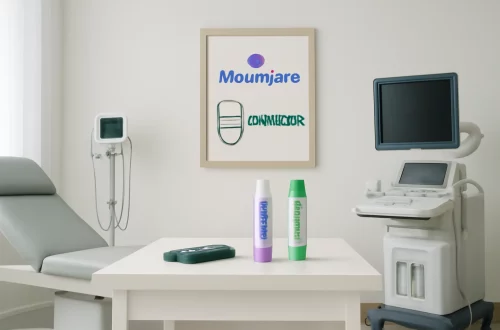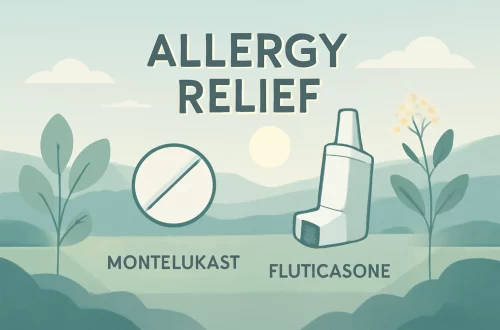
Understanding Your Dog’s Panting in the Car: Causes and Solutions
When you notice your dog panting in the car, it can be a source of concern. The sound of heavy breathing, the rapid rise and fall of their chest, and the unmistakable look of discomfort can evoke a range of emotions in pet owners. While panting is a natural behavior for dogs, it can also indicate a range of underlying issues, especially when it occurs in an enclosed space like a vehicle. The car environment can be particularly challenging for our furry friends, filled with unfamiliar sounds, sights, and smells that can heighten their anxiety.
Dogs, like humans, are sensitive to changes in their environment. The confined space of a car can amplify stress, making them feel trapped or anxious. Additionally, factors such as temperature, duration of the ride, and even the presence of other animals can all contribute to your dog’s panting. It’s essential for pet owners to recognize these signs early, as they can lead to more significant issues if not addressed.
Understanding the nuances of your dog’s behavior is vital for fostering a healthy and happy pet. Being aware of what may trigger panting can help you create a more comfortable traveling experience for your dog, ensuring that both of you enjoy the journey rather than dread it. Let’s explore the possible reasons behind your dog’s panting while in the car and discuss practical solutions that can help alleviate their discomfort.
Common Causes of Panting in Dogs While Traveling
Panting in dogs can occur for various reasons, especially during travel. One of the primary causes is heat. Dogs do not sweat like humans; instead, they regulate their body temperature primarily through panting. When the temperature inside the car rises, your dog may start to pant to cool down. This is especially true in warm weather or if the car is parked in direct sunlight.
Another common reason for panting is anxiety or stress. Many dogs experience anxiety in confined spaces, and a car can be particularly intimidating due to its unfamiliarity. The noise of the engine, the vibrations, and the movement can create a sense of unease. Dogs that are not accustomed to car rides may panic, leading to an increase in panting as they try to cope with their stress.
Additionally, some dogs may suffer from motion sickness. Just like humans, dogs can feel nauseous when traveling in a vehicle. Symptoms of motion sickness include drooling, whining, and, of course, panting. If your dog has a history of car sickness, it’s crucial to address this issue before embarking on longer journeys.
Lastly, underlying health conditions can also manifest as panting. Conditions such as heart disease, respiratory issues, or pain can lead to increased panting. If your dog is panting excessively and shows signs of distress, it’s essential to consult with a veterinarian to rule out any medical concerns.
Understanding these causes can help you assess your dog’s situation better. By identifying whether the panting is due to heat, anxiety, motion sickness, or health issues, you can take appropriate measures to ensure your pet feels more comfortable during car rides.
How to Keep Your Dog Comfortable During Car Rides
Ensuring your dog’s comfort during car rides involves several proactive measures. First and foremost, always make sure the car is at a comfortable temperature. During hotter months, use air conditioning or crack the windows slightly to allow for airflow. Never leave your dog in a parked car on a hot day, as temperatures can rise quickly, leading to heatstroke.
Another important aspect is to create a positive association with car rides. Start with short trips to places your dog enjoys, such as the park. Use treats and praise to reinforce positive behavior during these outings. Gradually increase the length of the trips to help them adapt to longer journeys without becoming anxious.
Consider using a dog seatbelt or a secure crate during travel. This not only keeps your pet safe but also prevents them from moving around excessively, which can contribute to motion sickness. If your dog is prone to anxiety, you might explore calming products such as anxiety wraps, pheromone sprays, or even calming music designed for dogs.
If your dog frequently experiences motion sickness, consult your veterinarian about possible solutions. They may recommend medications or natural remedies to help ease your dog’s discomfort during travel. Additionally, feeding your dog a light meal a few hours before the trip can help prevent nausea.
Ultimately, regular practice and gradual exposure to car travel can help your dog feel more at ease. By taking these steps, you can transform car rides from a source of stress into enjoyable experiences for both you and your furry companion.
Recognizing Signs of Stress and Discomfort
Understanding your dog’s body language is crucial in recognizing signs of stress and discomfort during car rides. While panting can be one indicator, there are several other behaviors to watch for. If your dog is excessively drooling, whining, or trying to escape the confines of a crate or seatbelt, these are signs that they may be feeling anxious or uncomfortable.
You may also notice pacing or inability to settle down. If your dog is constantly moving around, it could indicate restlessness or anxiety. Some dogs may also display signs of fear, such as cowering or hiding, especially if they are not accustomed to car travel.
Pay attention to your dog’s facial expressions as well. A dog that is stressed may have wide eyes, a tense mouth, or ears pinned back against their head. In contrast, a relaxed dog will typically have a softer expression, with ears in a natural position and a relaxed mouth.
If you observe these signs, it’s important to take action to help your dog feel more at ease. This may involve pulling over to provide breaks if you are on a long trip, allowing your dog to stretch their legs and relieve themselves. Providing water during breaks is also essential to keep them hydrated, especially if they are panting due to heat.
Understanding and recognizing these signs can help you respond appropriately, ensuring your dog feels safe and secure during car rides. The more attentive you are to their needs, the more enjoyable the travel experience can become for both of you.
When to Seek Professional Help for Your Dog’s Panting
While panting can be a common behavior for dogs, there are times when it is essential to seek professional help. If your dog’s panting is excessive, persistent, or accompanied by other concerning symptoms, it’s crucial to consult your veterinarian. Signs such as lethargy, coughing, difficulty breathing, or a noticeable change in behavior warrant immediate attention.
Additionally, if your dog has a history of anxiety or motion sickness that seems unmanageable, a veterinarian can provide guidance on behavioral therapies, medications, or other interventions that may help. They may recommend working with a professional dog trainer or behaviorist to address anxiety through desensitization techniques.
If your dog is older or has pre-existing health conditions, regular check-ups with your veterinarian become even more important. These routine visits can help detect underlying health issues that may manifest as panting or discomfort while traveling.
Always trust your instincts as a pet owner. If something feels off with your dog, it’s better to err on the side of caution and seek professional advice. Your dog’s health and well-being should always be your top priority, and a veterinarian is best equipped to provide the necessary care and guidance.
In conclusion, understanding your dog’s panting in the car is essential for ensuring their comfort and well-being. By recognizing the causes, implementing practical solutions, and being attentive to their needs, you can transform car rides into enjoyable experiences for both you and your furry friend.
*Disclaimer: This article is not intended as medical advice. If you have any concerns regarding your dog’s health or behavior, please consult a veterinarian for professional guidance.*




